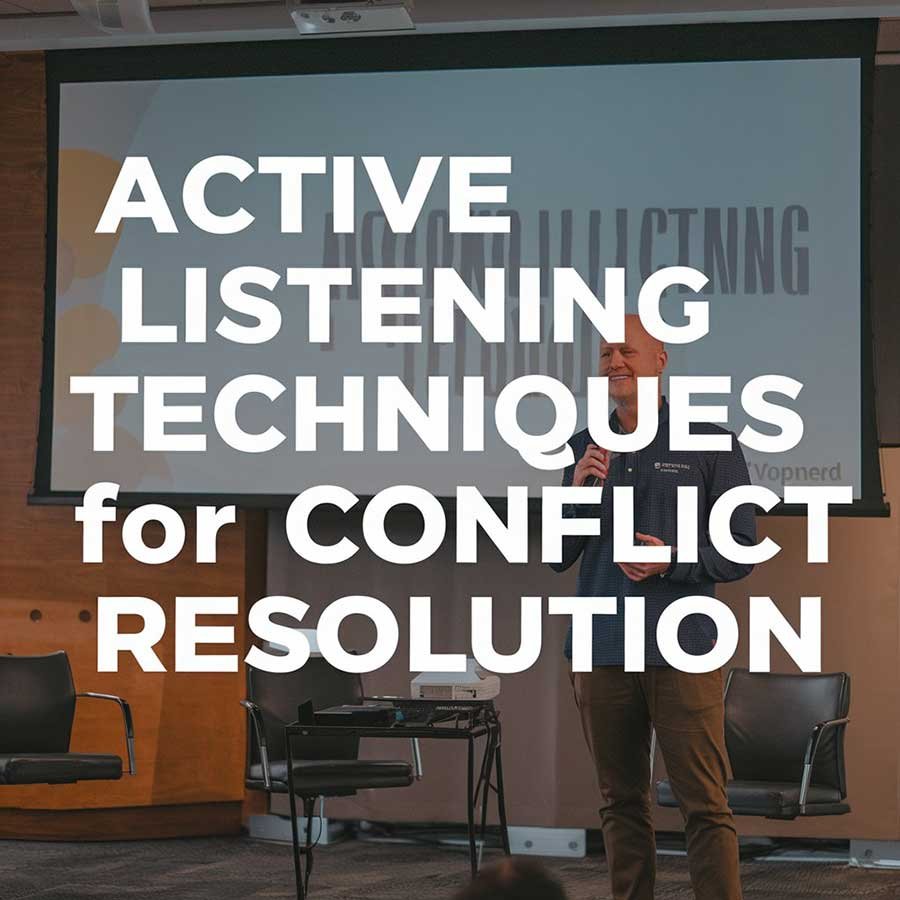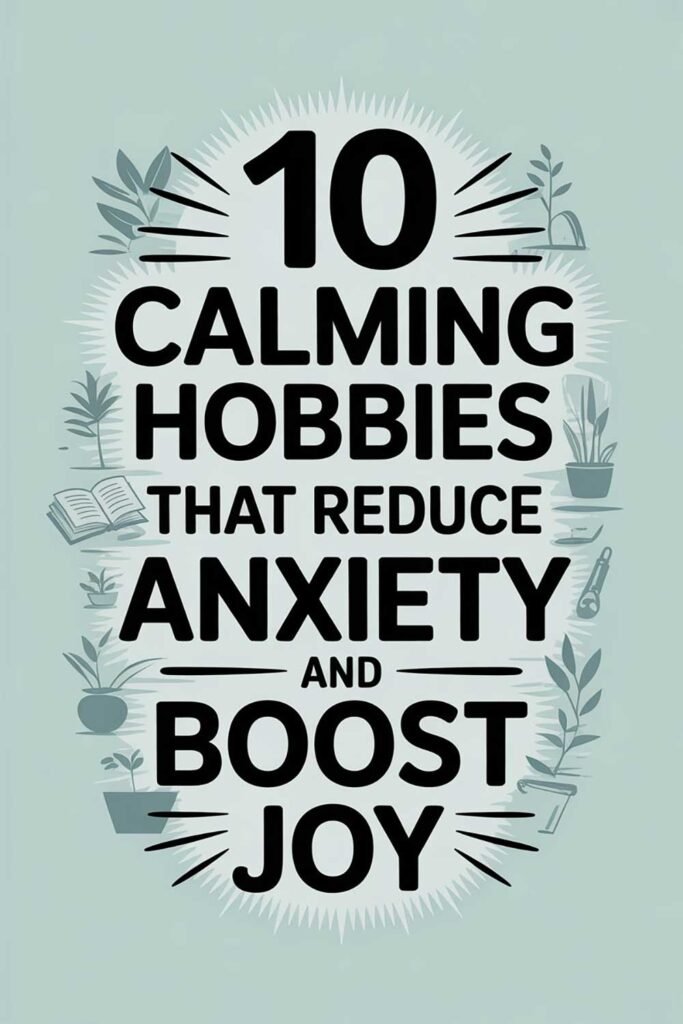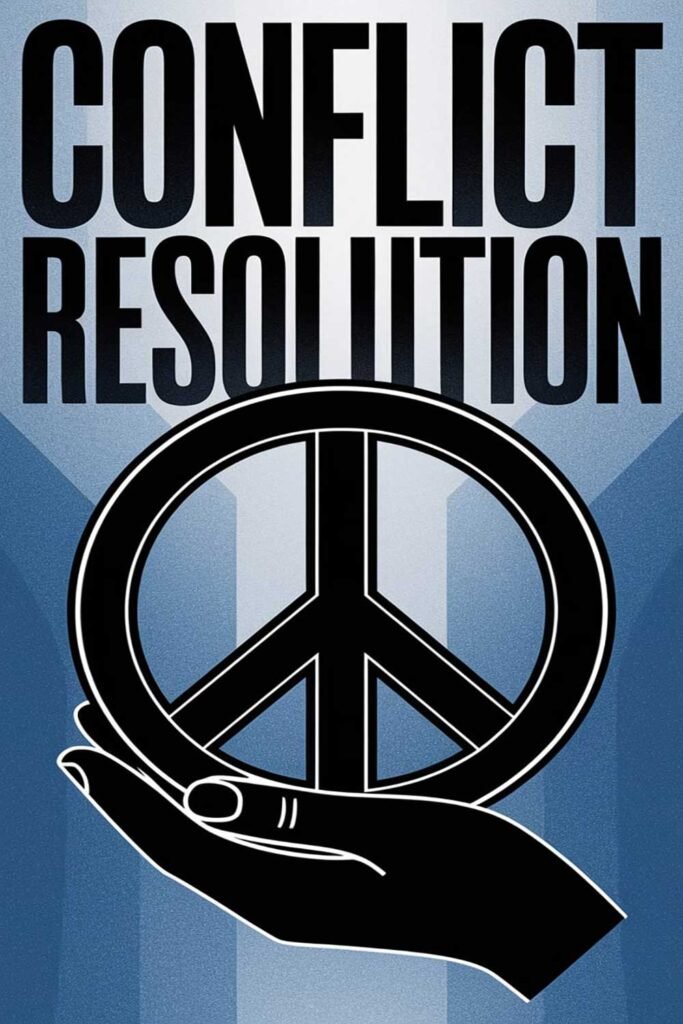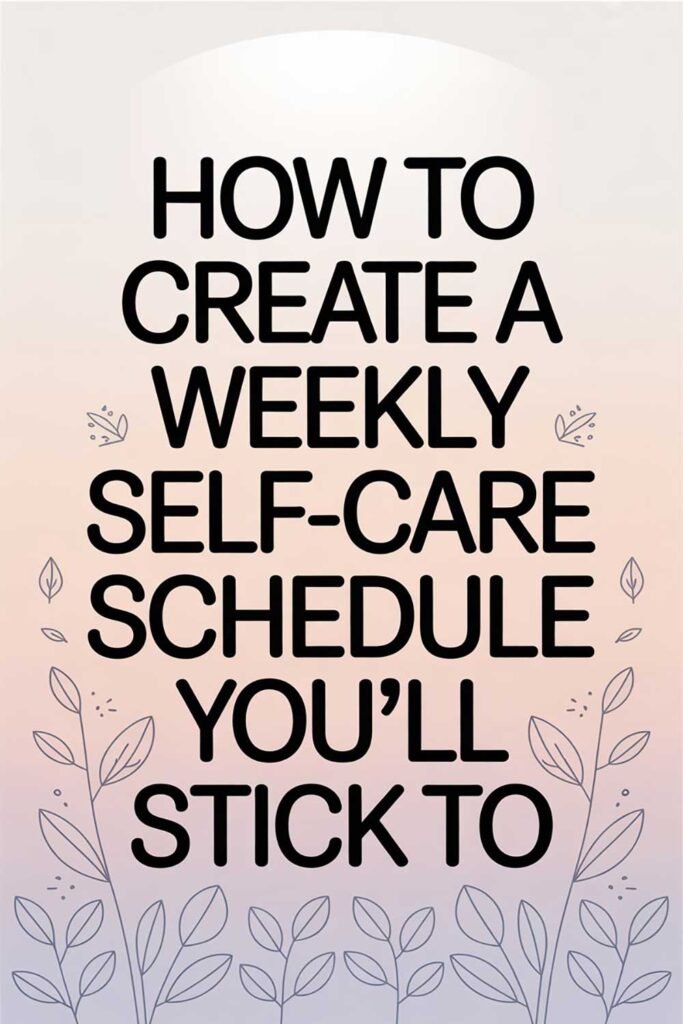
Active Listening Techniques for Conflict Resolution
Effective conflict resolution starts with active listening—a skill that fosters understanding, reduces tension, and paves the way for meaningful dialogue. When people feel truly heard, they are more likely to cooperate, compromise, and find solutions. Here are key active listening techniques to help you navigate conflicts constructively.
1. Give Your Full Attention
Distractions can make the other person feel ignored or dismissed. Fully engaging in the conversation builds trust and sets a positive tone for resolution.
How to Stay Present:
- Maintain eye contact without staring.
- Put away phones or other distractions.
- Face the person and use open body language.
- Nod occasionally to show attentiveness.
2. Reflect and Paraphrase
Repeating or summarizing the other person’s words reassures them that you understand their perspective.
How to Paraphrase Effectively:
- Use phrases like, “So what I’m hearing is…”
- Summarize their key points in your own words.
- Avoid parroting—focus on capturing the essence of their message.
3. Ask Clarifying Questions
Clarifying questions help prevent misunderstandings and demonstrate genuine interest in resolving the conflict.
Examples of Clarifying Questions:
- “Can you help me understand what you mean by that?”
- “What would help you feel more comfortable in this situation?”
- “Are you saying that…?” (Then restate what you understood.)
4. Validate Emotions Without Judgment
People want to feel acknowledged, not dismissed. Validating emotions fosters empathy and diffuses tension.
Ways to Validate Emotions:
- Acknowledge feelings: “I can see why you’d feel that way.”
- Avoid saying “Calm down” or “You’re overreacting.”
- Express understanding: “That must have been really frustrating for you.”
5. Manage Your Own Reactions
It’s easy to react emotionally during conflicts, but staying calm is key to resolution.
Techniques to Stay Composed:
- Take deep breaths before responding.
- Pause and think before speaking.
- Keep your tone neutral and avoid defensive body language.
6. Use Neutral and Open Language
Defensive or accusatory language can escalate conflicts, while neutral language encourages cooperation.
How to Use Neutral Language:
- Replace “You always…” with “I feel that…”
- Use “We” instead of “You” to foster collaboration.
- Frame issues as mutual challenges rather than blaming one party.
7. Summarize Key Takeaways
Summarizing what has been discussed ensures both parties are on the same page and reinforces progress.
How to Summarize Effectively:
- Recap the agreed-upon points.
- Confirm action steps and responsibilities.
- Ask, “Did I get that right?” to ensure clarity.
8. Be Patient and Respectful
Not all conflicts are resolved quickly. Patience and respect go a long way in fostering constructive dialogue.
Ways to Show Respect:
- Allow the other person time to express their thoughts.
- Avoid interrupting or dismissing their concerns.
- Acknowledge their effort in working toward a solution.
Picture This
Imagine engaging in a difficult conversation where both sides feel heard and respected. Instead of escalating into frustration, the discussion leads to a clearer understanding and mutual solutions. You walk away feeling valued and knowing that your words made a difference.
How much stronger could your relationships be if you mastered active listening?
Please Share This Article
If you found this guide helpful, please share it with anyone who could benefit from improving their conflict resolution skills. A small act of sharing can create a ripple effect of better communication and stronger relationships.






